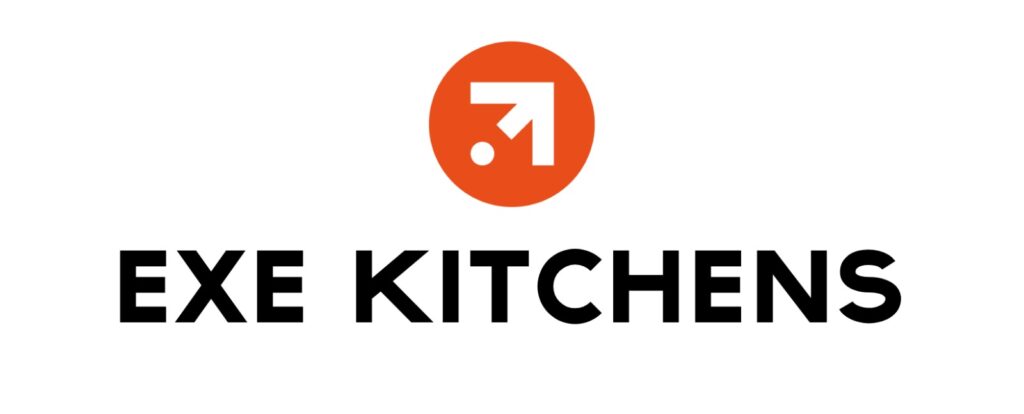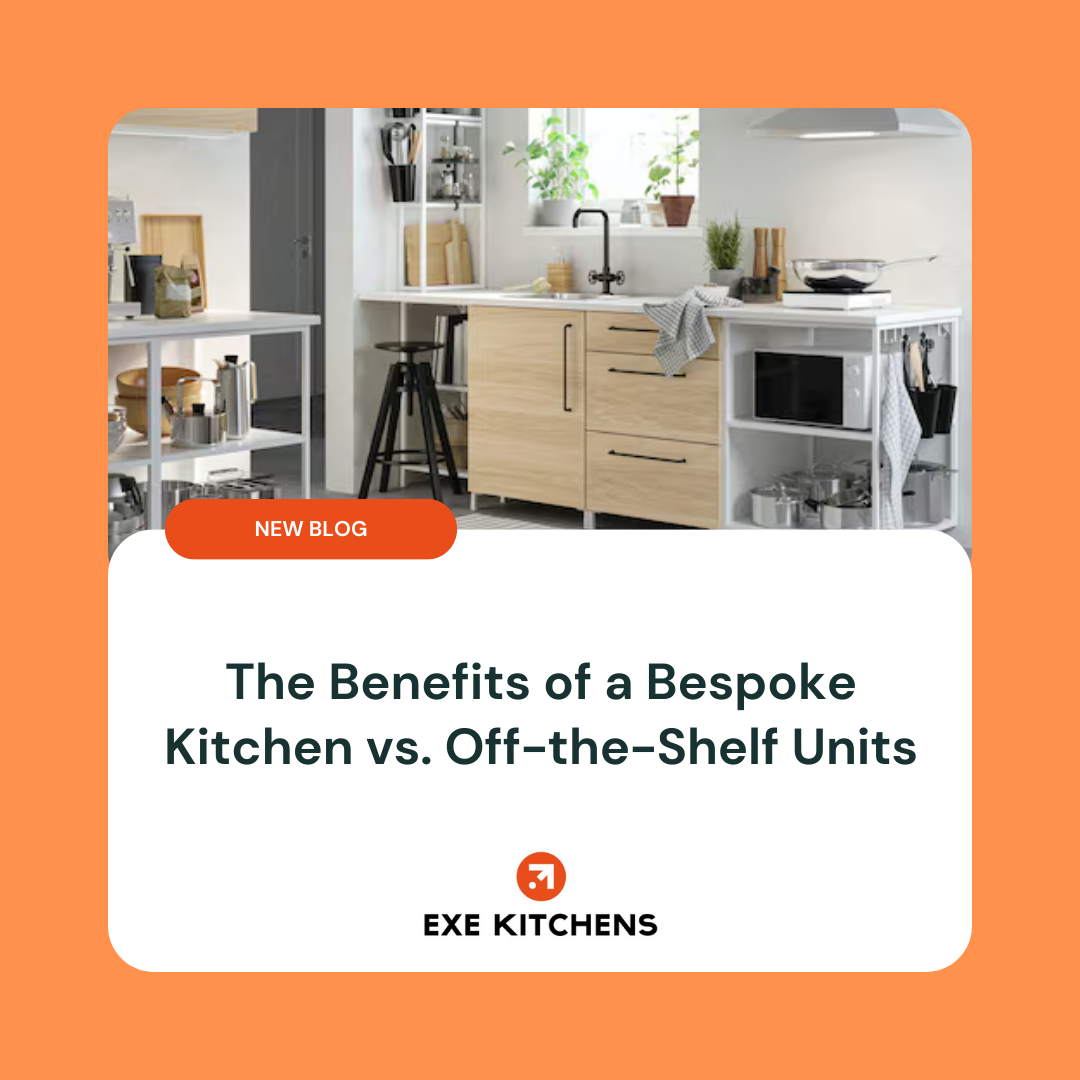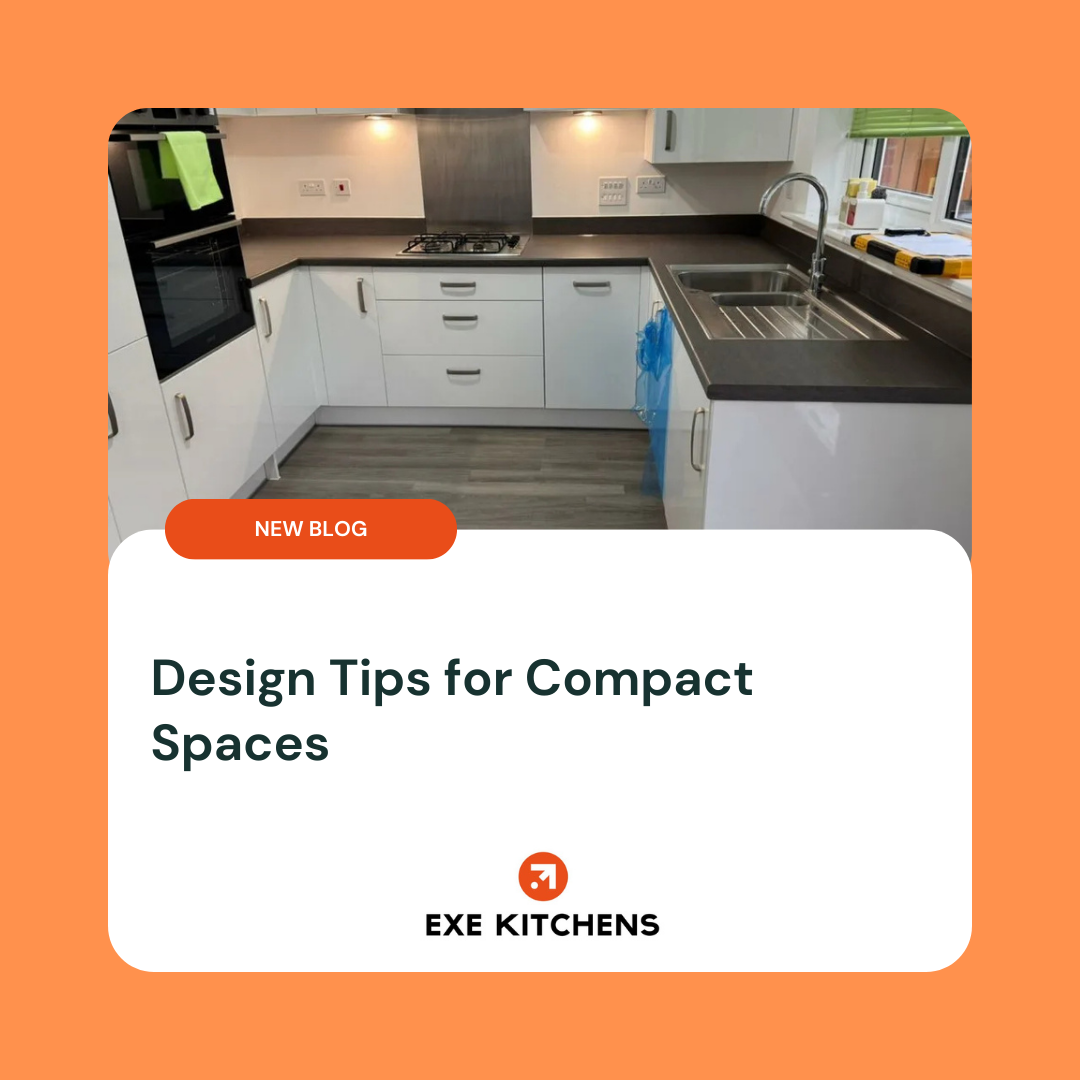In 2024, kitchen design is seeing an exciting blend of classic tones mixed with unexpected color pairings that add character to any space. These changes are part of a wider trend towards creating unique and personalized homes, where even the kitchen becomes a canvas for self-expression. Industry experts predict more homeowners opting for daring choices like navy blue with crisp white or matte black paired with warm wood accents.
It’s not just about what’s bold though; timeless neutrals are also getting modern updates. Think shades like greige or creamy whites that offer sophistication without overwhelming the senses. By blending these hues with sleek black hardware or brushed gold finishes, your kitchen can achieve a refined yet cozy atmosphere. With both bold and neutral options available, there’s a perfect palette to suit every style and taste.
Some of the best color schemes for kitchens include classic white and gray combinations for a timeless look, as well as bold navy blue paired with crisp white accents for a modern touch. Additionally, warm earth tones like terracotta or soft beige can create a welcoming atmosphere, making your kitchen feel cozy and inviting.
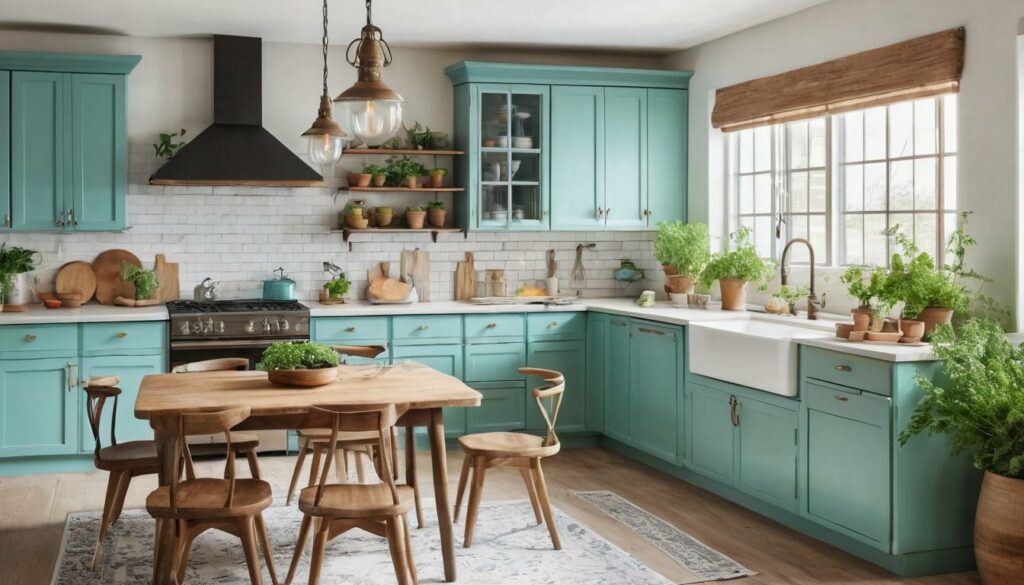
Trendy Kitchen Color Palettes
One of the most striking trends in kitchen design for 2024 is the embrace of two-toned color schemes. Imagine walking into a kitchen where rich navy blue cabinetry complements stark white countertops, creating a sophisticated yet inviting environment. This high-contrast pairing is not only visually appealing, but also brings depth and character to your cooking space. Many homeowners are discovering that blending unexpected colors can breathe new life into their kitchens, transforming them from mere functional areas into stylish hubs for family and friends.
Leading Trends
Going beyond navy blue and white, other captivating combinations include matte black cabinets paired with warm wood tones. This palette creates timeless elegance that feels modern and rustic at the same time. The warmth of wood mitigates the starkness of black, resulting in a balanced aesthetic that appeals to a wide range of tastes. Additionally, sage green with brass accents has emerged as a favorite among those looking to invoke a natural vibe within their kitchens. This earthy combination resonates with many homeowners who appreciate organic elements in their design choices.
These vibrant combinations are not just whims; they’re shaping the future of kitchen design.
According to a survey conducted by the National Kitchen and Bath Association, 34% of designers expect an increase in bold color usage in kitchens this year. This reflects a significant shift towards personal expression through home decor, as more individuals steer away from traditional whites and creams and opt for palettes that resonate with their unique styles.
The essence of these trends illustrates an overarching design movement that values creativity and personalization in our living spaces. Kitchens, once purely practical arenas, are evolving into expressions of identity—a place where families can showcase their style preferences while enjoying functionality.
However, while vibrancy reigns supreme in trendy palettes, we must now transition to explore how serene tones can offer understated elegance and versatility in contemporary spaces.
Modern Neutral Combinations
Utilizing neutral colors in kitchen designs allows you to create a serene and inviting atmosphere while leaving room for personalization. In 2024, hues such as greige—a luxurious blend of gray and beige—taupe, and creamy whites are reigning supreme. These colors bring a sense of calmness without sacrificing sophistication, allowing homeowners to feel at ease while preparing meals or entertaining guests. This newfound charisma in neutrals uplifts the often overlooked potential of these shades, transforming traditional perspectives into stunning modern realities.
When selecting a neutral color, it’s essential to consider its interaction with lighting, both natural and artificial. For instance, a creamy white may appear warmer during the day while taking on slightly cooler tones under fluorescent lights. Similarly, greige can vary from a cool-hued gray to a warm beige depending on the time of day and surrounding elements. By testing paint samples on the wall under different lighting conditions, you’ll uncover how the color embraces its environment.
Pairing these neutral tones with modern accent features can further elevate your kitchen’s aesthetic. Matte black fixtures or brushed gold hardware juxtaposed against soft neutrals introduces visual interest while exuding contemporary elegance. Imagine the striking contrast of black cabinet handles against soft greige cabinetry, effortlessly ushering in a modern flair. This combination subtly enhances functionality while maintaining a clean look.
A well-designed space marries form and function seamlessly.
Beyond hardware choices, incorporating textures that complement your chosen neutral palette is vital. Opt for matte finishes that give depth or glossy surfaces that reflect light beautifully. Countertop materials like quartz or marble in lighter tones harmonize exceptionally well with ethereal neutrals, creating unity within the design.
With thoughtful selections and strategic pairings of textures and accents, your kitchen can evolve into a sophisticated retreat that feels timeless yet captivating. As we explore more dynamic options, vibrant colors can inject personality into this crucial space.
Bold and Vibrant Hues
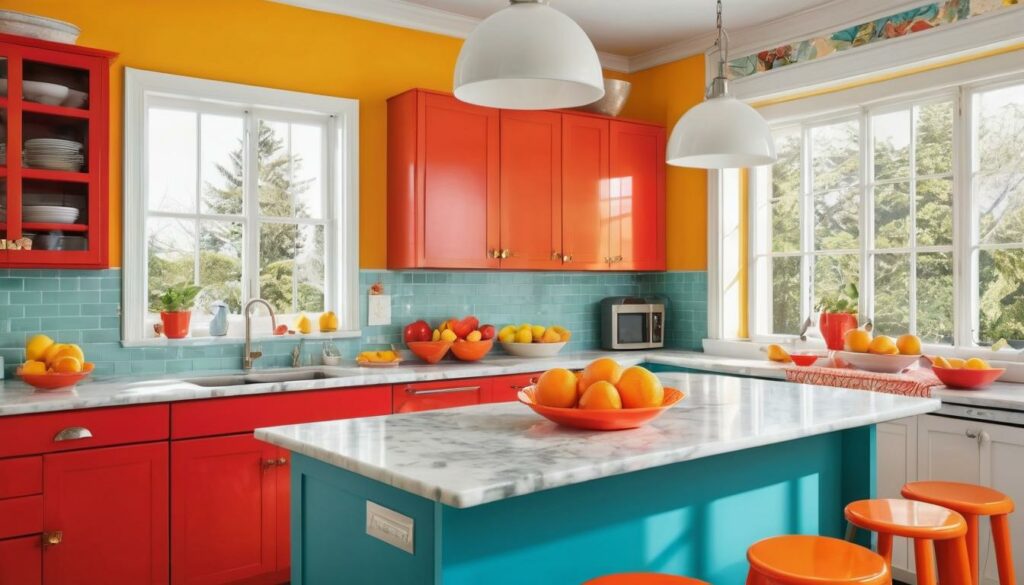
For those who find joy in expressing their personal style, integrating bold and vibrant hues into a kitchen can be nothing short of transformative. Opting for colors like deep reds, bright teals, and mustard yellows doesn’t merely enhance the aesthetic; it breathes life into the space. These colors invite warmth and vibrancy, creating an atmosphere that encourages social interaction and culinary creativity. Imagine gathering around a table where laughter resonates amid rich colors—it’s inviting.
Examples of Bold Choices
As you consider utilizing these lively shades, think about how they resonate with your kitchen’s existing layout. For instance, a deep red can serve beautifully as an accent wall behind your stove, creating a striking focal point that engages the eye while lending a touch of sophistication. Meanwhile, bright teal on lower cabinets brings just the right amount of freshness and invigorates traditional cabinetry. Similarly, adding a mustard yellow to your kitchen island not only highlights that central hub of activity but also dynamically contrasts with darker wood floors or black bar stools.
| Color | Example Use Case | Complementary Accents |
|---|---|---|
| Deep Red | Accent Wall Behind Stove | Stainless Steel Appliances, White Tiles |
| Bright Teal | Lower Cabinets | White Upper Cabinets, Marble Countertops |
| Mustard Yellow | Kitchen Island | Dark Wood Floors, Black Bar Stools |
However, as you embrace these vibrant choices, it’s important to consider how they interact with your overall design scheme.
Each bold color choice can serve as a conversation starter in your home. The combinations you’ve chosen should harmonize with surrounding décor elements to create a cohesive look. Consider how different textures play against these colors—wood grains paired with acrylic finishes bring depth to a vibrant palette. To achieve balance, you might incorporate neutrals or subdued tones in accent pieces like backsplashes or countertops, which help ground the bold hues while allowing them to shine.
Remind yourself to be intentional about which bold hues you embrace; after all, while your vibrant shades will reflect personal taste, they also need to work in harmony within your home’s overall design narrative. Stepping beyond caution and exploring daring colors could lead to not just an updated kitchen but one that reflects who you are—boldness never goes out of style.
As we transition into discussing more established choices in color palettes, we’ll explore designs that echo both elegance and timelessness.
Classic and Timeless Schemes
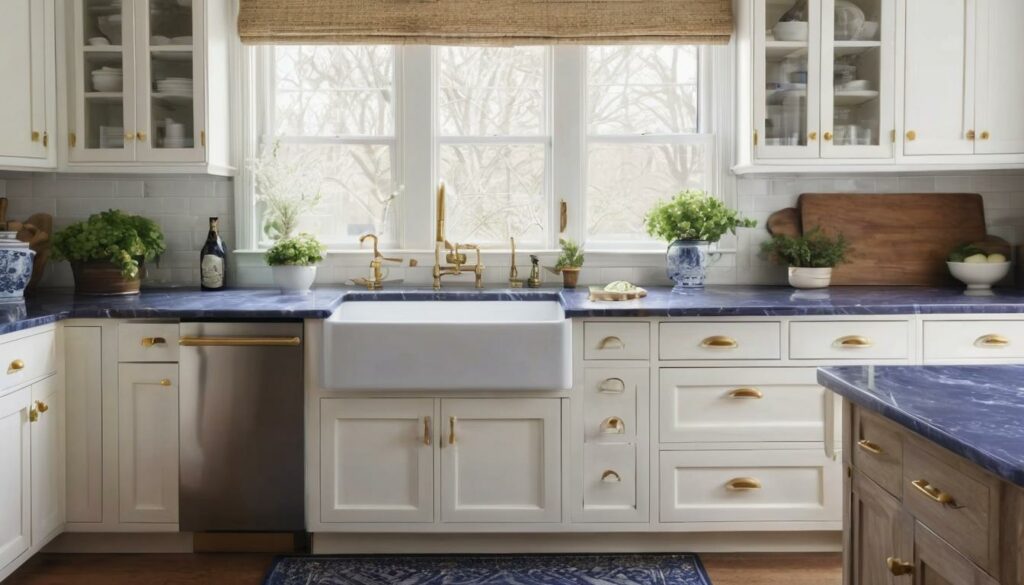
Some color schemes have truly stood the test of time due to their enduring elegance. Take, for instance, shades like navy blue, soft grays, and muted greens. These colors have been beloved for decades not just for their aesthetic appeal but also for their versatility; they can seamlessly blend with both traditional and modern kitchen designs.
One of the most appealing aspects of these classic hues is how well they pair with much-loved materials. Imagine a navy blue cabinet set against beautiful white subway tiles or a muted green highlighting warm wooden countertops. This combination elevates your kitchen’s appearance while keeping it feeling fresh and welcoming. As kitchens evolve in style or function, this palette ensures that aesthetic updates needn’t mean a full renovation.
Furthermore, integrating these timeless colors creates an inviting atmosphere without becoming stale. Interior designer Sarah Richardson states, “A classic palette gives you the flexibility to update decor without a major overhaul.” This adaptability means you can swap out accents—like dishware, curtains, or artwork—whenever inspiration strikes, ensuring your kitchen feels rejuvenated without significant cost or effort.
As you think about implementing a classic color scheme, it’s also important to understand how colors work together to create contrast that enhances your space rather than overwhelms it.
A well-planned color scheme allows different elements of your kitchen to stand out while maintaining harmony throughout the space. For example, pairing a deep navy with lighter shades like cream establishes depth while keeping the overall vibe light and airy. Balancing these colors is crucial in unifying disparate parts of your kitchen, such as cabinetry versus walls or countertops versus flooring.
The key here is utilizing contrast effectively—not just between colors but across materials and textures too. This layering enriches the visual experience, creating spaces that feel lived-in yet polished. When you contemplate those beautifully timeless shades for your kitchen, remember that thoughtful execution of color pairing and texture blending comes with a sense of refinement and continuity that defines true elegance.
With this understanding in place, let’s explore how to maximize contrast effectively in your kitchen design to create stunning visual appeal.
Creating Contrast in Your Kitchen
A well-designed kitchen thrives on contrast, which keeps eyes moving and makes each element stand out beautifully. One effective method is to pair dark lower cabinets with lighter upper ones. This creates a striking visual effect and prevents the space from feeling overly heavy. For example, if your lower cabinets are a deep navy, opting for a soft cream on upper cabinets can establish that perfect balance between boldness and lightness.
Another common approach is the combination of dark countertops with white cabinetry. The rich hue of the countertops draws attention while providing depth against the bright cabinetry. However, this doesn’t end at just colors; textures play an equally crucial role. Consider contrasting materials, like glossy finishes against matte surfaces. This interplay elevates the kitchen’s overall design and makes it more dynamic.
Utilizing contrasting colors and textures is not merely for aesthetics; it can serve functional purposes as well. Different colors can delineate areas within your kitchen, effectively separating the cooking area from the dining space.
This approach of creating distinct zones enhances workflow efficiency. Picture a scenario where you’re prepping a meal on darker surfaces while transitioning to lighter ones for plating and serving. This subtle shift in color scheme helps mark different tasks and improves focus during cooking.
Finally, don’t shy away from incorporating contrasting accents—think about bar stools or pendant lighting that encapsulates your chosen palette while adding personality. These elements provide layers to the overall design and draw attention to various features of your kitchen.
Emphasizing contrast goes beyond beauty; it’s a strategic design choice that enriches both functionality and ambiance in this vital space. As we explore further, we’ll take a closer look at how to achieve harmony between essential elements in your kitchen design.
Harmonizing Cabinets and Walls
Striking a balance between your cabinet and wall colors lends a sense of unity and coherence to the kitchen space. It’s not just about picking colors that look good together; it’s about fostering an environment that feels welcoming and thoughtfully designed. When you harmonize these elements, you create a visual flow that makes the room feel spacious and inviting.
To achieve this harmony, you might want to consider complementary colors. These are colors that sit across from each other on the color wheel, such as blue cabinets paired with soft peach or coral walls. This thoughtful contrast creates energetic dynamics while still retaining an overall harmony. Think of how a lovely blue hue can pop against warm backgrounds, adding depth and interest without overpowering.
Complementary colors effectively enhance each other, which is why they work so well in design.
Another great approach involves analogous colors, or those that sit next to each other on the color wheel. If you painted your cabinets a rich green, for instance, opting for a subtle yellow-green or deep blue-green for the walls will create a soothing atmosphere that invites relaxation. This strategy allows you to maintain versatility while ensuring visual comfort.
Apart from color choice, finish plays a significant role in harmonization. The sheen of your paint can influence how light interacts with both surfaces. Matte finishes can create a soft, understated look, while glossy finishes can reflect light and draw attention. Thus, if you’ve chosen darker cabinets, pairing them with brighter, glossier walls can create an illusion of height and openness—perfect for smaller kitchens where space feels limited.
Color harmony also extends to cabinetry styles and textures. Incorporating wood grains in cabinets alongside soft pastel walls maintains warmth while enhancing coziness; meanwhile, sleek modern cabinets juxtaposed against textured walls introduce an intriguing contrast. Always remember: every element counts in setting the tone for your kitchen!
As we explore further, it’s essential to consider how appliances can not only serve functionality but also enhance the overall aesthetic appeal of your cooking space.
Highlighting with Appliances
When it comes to kitchen design, appliances are often the unsung heroes that provide functionality and shape the room’s character. The right appliance can truly elevate the aesthetic of your kitchen while serving as an essential tool for everyday life. For example, opting for stainless steel appliances can lend a modern edge to your kitchen, creating a polished and cohesive look alongside sleek cabinetry. However, the emergence of black stainless steel has breathed new life into appliance design by introducing a sophisticated alternative that appeals to many homeowners.
But don’t just stop at selecting finishes—consider placement as well! Integrating built-in appliances into your cabinetry can create a streamlined appearance that gives your kitchen a custom feel. Imagine a refrigerator that looks like it belongs in the wall rather than sticking out like a sore thumb. That’s the magic of thoughtful appliance placement. It’s all about creating that illusion of harmony within your kitchen.
“Colored appliances offer a chance to express personal style boldly.”
When it comes to making statements, colored appliances take center stage. Retro-inspired ranges in colors such as mint green or vibrant red not only pop against neutral backgrounds but also serve as focal points that draw the eye. These colors evoke nostalgia while injecting energy into your space, making your kitchen more inviting and fun—perfect for family gatherings or entertaining guests.
Additionally, pairing colored appliances with a specific color scheme can create a unified look. For instance, a bright red stove might coordinate beautifully with warm wooden cabinets and white countertops, forming an inviting atmosphere that’s difficult to resist. This strategy not only highlights appliances but also ensures they contribute meaningfully to the overall design narrative of your kitchen.
Thoughtfully selected appliances don’t merely serve functional roles—they are design elements that can significantly enhance your kitchen’s visual appeal. Next, we’ll explore how these choices interact with surrounding decor and color options to make an even bigger impact on your space.
Paint and Decor Inspirations
The right choice of paint and decor has the power to breathe life into your kitchen, transforming it from a mere cooking space to a warm and inviting environment. Imagine walking into a kitchen where soft pastel walls invite calmness, complemented by warm wooden accents that evoke nostalgia. Color doesn’t merely exist on the walls; it’s an essential thread in the fabric of the spaces we inhabit.
For those looking to add a flair of functionality intermingled with rustic charm, consider applying chalkboard paint on one of your kitchen walls. This unique finish not only serves as a canvas for creative doodles or grocery lists but also ignites conversations among family members who jot down reminders or notes. It offers practicality while keeping an element of fun alive in daily routines. Moreover, this paint can seamlessly blend with various styles—be it farmhouse chic or contemporary elegance.
Speaking of charm, let’s talk about open shelving. When painted in a contrasting color to your walls, open shelves become eye-catching displays for beautiful china, quirky cookbooks, or treasured heirlooms. This contrast doesn’t merely serve an aesthetic purpose; it allows personality to shine through the clutter-free setup, creating visual interest and allowing your kitchen to tell its own story.
As you consider painting and decor ideas for your kitchen, here are additional suggestions that can set just the right mood:
- Soft pastel walls for a gentle and calming feel enable subtle warmth.
- Metallic accents can inject glamour and sophistication, such as brushed gold cabinet handles or silver light fixtures.
- Consider bold patterned backsplashes as statement pieces that lend drama without overwhelming the space.
Each paint color and decorative choice creates layers of depth within your kitchen; each element contributes to a harmonious flow that enhances both functionality and aesthetics.
In selecting the best color schemes for your kitchen, remember that your choices reflect your personal style while enhancing the overall ambiance of the space. Let each hue connect you to the warmth and functionality you desire in your dream kitchen.
